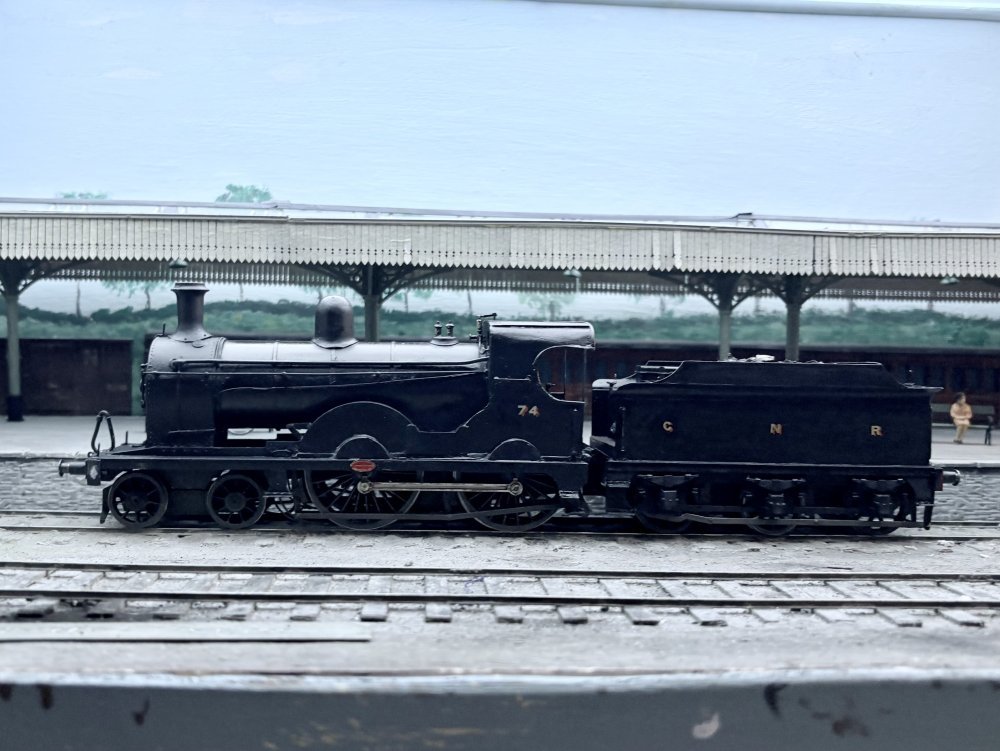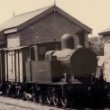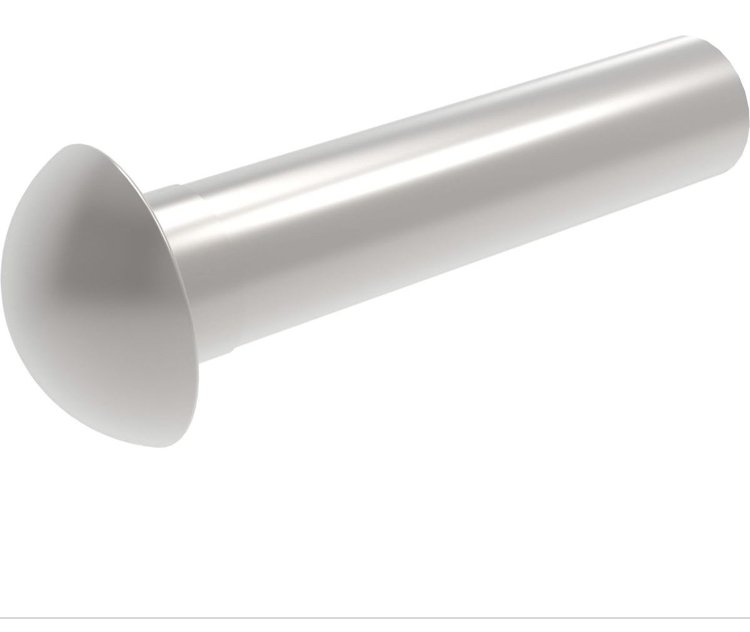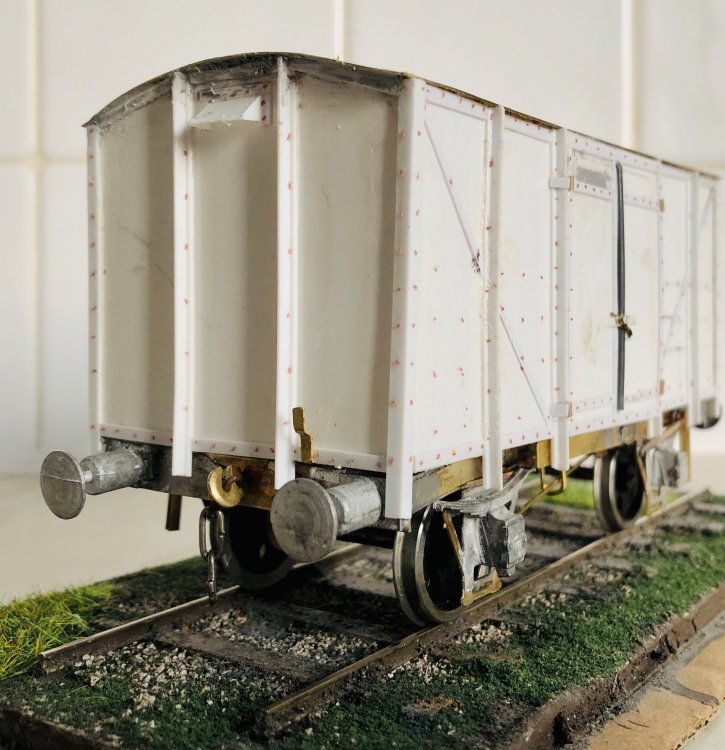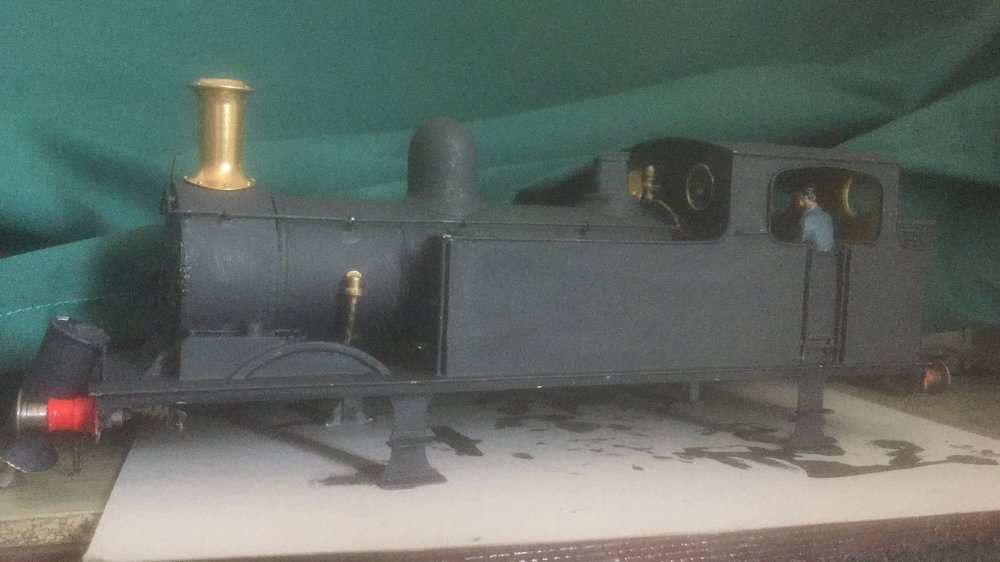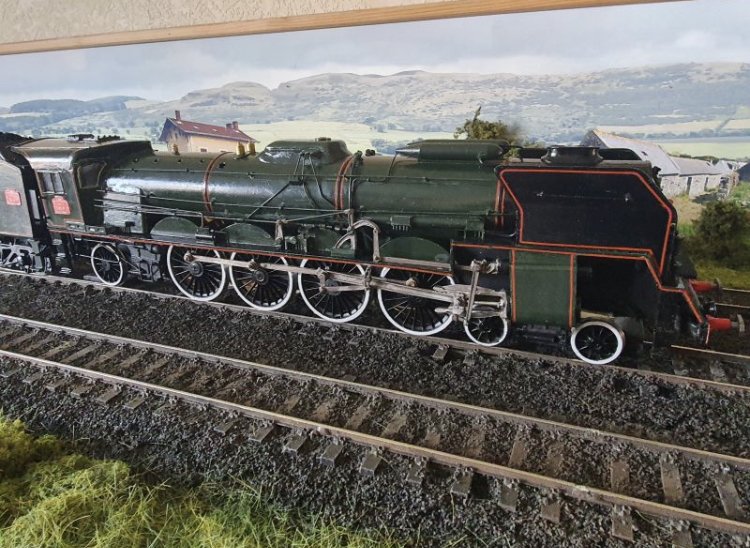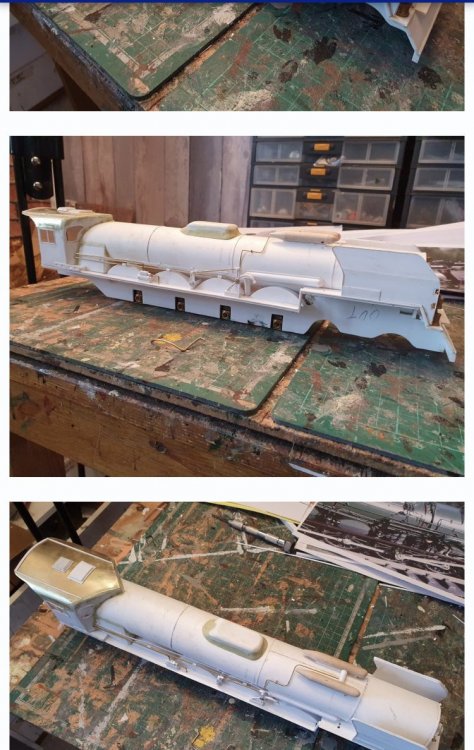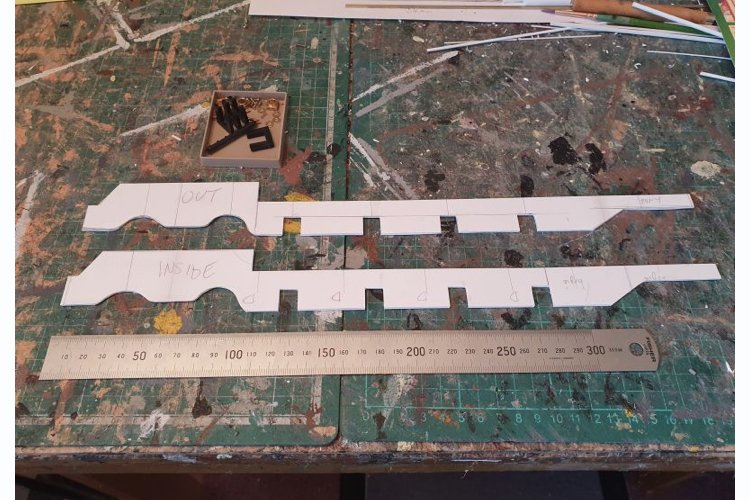-
Posts
4,554 -
Joined
-
Last visited
-
Days Won
55
Content Type
Profiles
Forums
Events
Gallery
Blogs
Store
Community Map
Everything posted by Galteemore
-
-
Roger of Alphagraphix used to make a kit of this I think as part of his CBSC selection. Not sure it’s in his current range though. The wheels do look rather Manning Wardle.
-
https://www.rmweb.co.uk/community/index.php?/topic/88181-how-to-make-a-home-made-spray-booth/
-
Minerva do an RTR one, as David says. I was going to buy one for my UK light railway until I was persuaded into 36.75mm! Slaters do a kit. https://www.minervamodelrailways.co.uk/product/manning-wardle-k-class-0-6-0/
-
Thanks Mayner. The prototypical example of a pilot loco being attached for a short turn at a station about 5 miles from Sligo helps resolve a neat operating dilemma for Rosses Point! Funnily enough I received 2 WTTs in the mail from my father today - SLNC 1950 and 57. Fascinating as ever. Small things one never noticed - the 7:20 stopped at Ballygawley in 50 but not 57. Also interesting to see the movements of staff and ticket. It also includes that wonderful WTT phrase ‘runs as required’. That 1115 goods out of Sligo was critical for steam fans - When it ran, it brought the bogie coach from Sligo ready for the 7:20 pm ex EKN. When it didn’t run, there was no coach and the 7:20 was served by a railcar, much to the chagrin of some unfortunate visiting enthusiasts ! Presumably there were additional cattle specials with separate notices.
-
Thanks David. I totally get the idea of skill fade and am trying to alternate brass/plastic builds so I don’t forget the hard won lessons of each campaign!
-
Beautiful work as ever - my avatar approves! I’d be interested to hear your philosophy on weighting re 4-4-0s, Mayner - Guy Williams talks about using the tender not as a passive thing tacked on the back, but as an active part of the locomotive’s adhesion system....
-
Still don’t know what made me think those were Dublin semis! Happy memories of my days in D14 no doubt. Anyway, it’s Longford - great photo analyis by Edo and Mayner ! Have found a pic on p19 of Ernie Shepherd’s MGWR book which was taken near the same spot but from halfway up a signal post judging by the angle. All the main elements above are clearly in place, confirming the thesis. That would make the line on the left the unlifted stump of the double track to Mostrim, which was singled post 1925.
-
Yes, JHB, Sligo to Ballysodare was double tracked with normal up and down operation. Beyond Ballysodare the two tracks continued for a mile to Carrignagat Junction, but were at this point parallel single lines - SLNC and CIE. Collooney itself, of course, was a fascinating place with 3 stations and an SLNC -WLW link line passing under the MGW.
-
Leslie - not up to your standard of production but here’s an H van underway. It’s not got measles - every pink dot is an individually cut out and stuck on bolt head...
- 536 replies
-
- 10
-

-

-
Sore point right now Dave - am literally counting bolt heads ! I’ll post a pic of the end result soon I hope...
-
Interesting - looks like a Beeson rivet tool top left
-
Amen to Laurie Griffin suggestion. He’s really helpful and I’ve just got a bag of goodies from him for my next project - safety valves, whistles, tapered handrails and - most excitingly (How sad is that?! ) - exquisite water tank fillers. His stuff is beautifully produced, and they really are works of art. Below is an LSWR G6 that I converted to Southern Railway condition using one of his brass chimneys. You can see the original crude white metal one forlornly lying against the buffer beam! Re mixed media - dead right. A chap called Peter Smith in the Gauge O Guild builds locos from mostly Plastikard and other bits as required. I had a quick chat with him today and he’s happy to share some pics of his latest build. He can knock these locos up within a week or two! @David Holman- I’ve read references in previous posts on your workshop thread , David, to cutting with a Dremel. I have the said device and the nifty new cutting discs in my possession. Could you set out how you go about cutting lines in sheet metal please ? I’m picturing some kind of vice-set up. Now seems an opportune time to ask !!
-
Houses in the background look classic interwar stuff. Wouldn’t surprise me if it was around Dundrum or thereabouts
-
That’s ok. You can find them online or make them yourself. Having them ready at the beginning means you can use them to set chassis up so that loco will run right. Have you got some good books to access ?
-
Looks good. Have you got coupling rods for the loco? It’s a real foundation for everything working right !
-
One of the most helpful aspects of the ‘Big Green Book of Glorious GSR Greatness’ is the gazetteer at the end listing known models of GS locos. There is a 670 listed as a Fry loco - no 670 herself of the I3 class. Along with B3 no 362, it is simply listed as ‘not on display at time of writing’. As they also list Drew’s Cultra collection, the clear implication is that the I3 was still somehow attached to the Fry collection proper.
-
I think he was simply contracted to build various display cases for the museum c1994. I don’t think the models were ever in his custody.
-
Question 2 - the Inchicore scene was made by a professional model maker - from Enniskillen I think. Drew did not do scenery - operation was his thing.
-
Books are a great resource both for information and inspiration! Unlike years ago, finding 2nd hand books is fairly straightforward. Sites such as Biblio and Abebooks make it easy, so titles that I regret not buying can be snapped up. I’d passed by the Flying Snail book a few times but kept coming back to it. One you probably should look for, given your interests, is Clements and McMahon - ‘Locomotives of the GSR’.
-
And a rather nice retro Sligo Leitrim train it is too! Strange to think that the real thing was still running then ...
-
I have vague memories of this place in the early 70s when the NWIRS had a short demonstration line at the side of this property - I dimly recall a railcar shuttling back and forth. In the early days post closure, the business proprietor who owned the site used a railway signal to indicate whether the premises were open or shut.
-
https://www.steamtrainsireland.com/rpsi-collection/42/railcar-1
.png.c363cdf5c3fb7955cd92a55eb6dbbae0.png)
